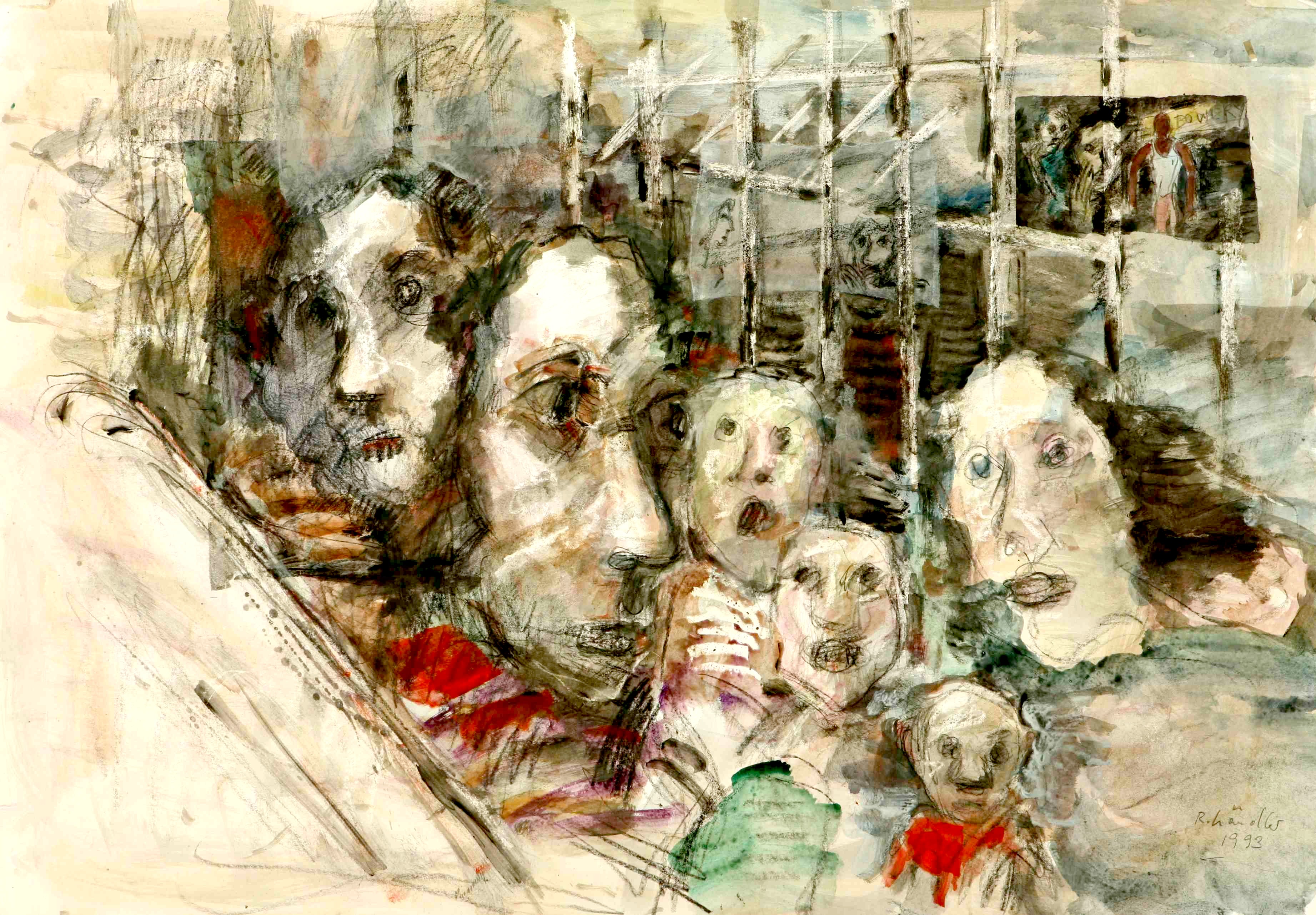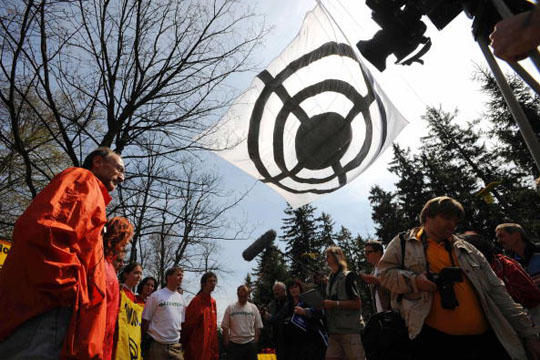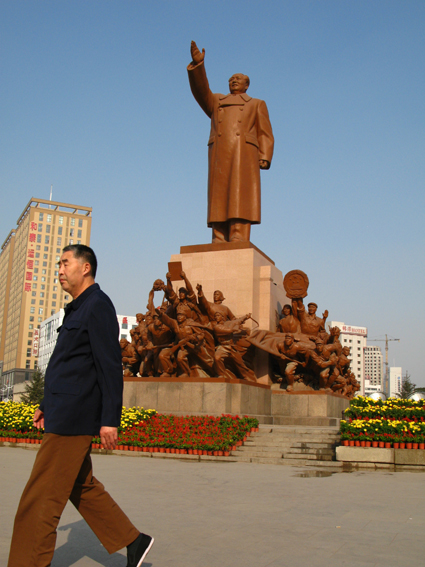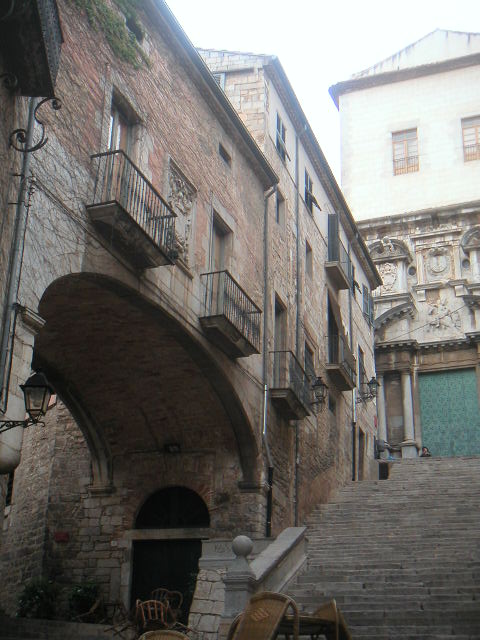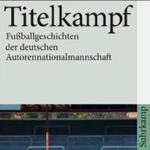Daimler’s S400 BlueHybrid, due out in mid-2009, is slated to become the first hybrid car with an electric motor powered by a lithium-ion battery.
Year: 2008
Internet porn is changing German sex lives
Scholars at the German Society for Social Scientific Sexuality Research working with London’s City University have concluded that a third of men and close to one in 10 women watch porn on a daily basis.
Obama Wows Them in Europe
BERLIN – They poured in from Prague and Budapest, from the Netherlands, Italy, Denmark, and across Germany to hear him, amassing like no crowd has ever done for a political speech in front of the capital’s historic Victory Column. But when Sen. Barack Obama finally strode across the stage and addressed his European fans, “not as a candidate for president but as a fellow citizen of the world,” the high expectations were hard, if not impossible, to meet.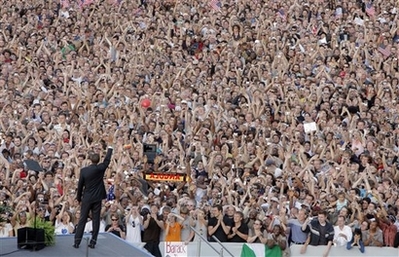
A City’s Life in Pictures
It’s no secret that Berlin is the contemporary-art hub of Europe: it boasts world-class institutes and museums, more than 500 galleries – the highest concentration on the continent – and a glut of year-round shows and fairs culminating in the 10-week Biennial for Contemporary Art, which ended last week. What is less known is that beyond the low cost of living and bohemian charm drawing artists to Berlin today, the expressionist movement that helped cement the city’s cosmopolitan character 80 years ago is still very much alive and engaging the public. The most recent example, “Expressionale: Masters of Expressionism and New Objectivity,” blends contemporary and Weimar-era works, presenting Europe’s iconic painters of the past alongside the country’s hot living artists for the first time. Furthermore, many of the works – by current as well as early 20th-century masters – are for sale, and at prices the average art lover can afford. “No one ever tried this before in Germany, showing early expressionist art in the context of contemporary art,” says curator Joachim Leipski.
Viewed side by side, they offer a fascinating record of the city’s long and vibrant history. “Expressionale,” on display at the Colonnade Park in Potsdamer Platz (through Aug. 24), includes hundreds of works extending from the Brücke period before World War I through the evolution of German expressionism and its oppositional, more-representative New Objectivity movement of the 1950s and ’60s, up to the most contemporary artists at work today. Culled from the esteemed Karsch-Nierendorf private collection in West Berlin – which in the 1920s offered one of the earliest and richest showings of expressionist work – the show captures the highlights of the Weimar period, including the burlesque, angle-faced crowds populating Max Beckmann’s 10-part lithograph series, “Berlin Trip 1922,” and Otto Dix’s signature, grotesque drawings and watercolors that depict the capital’s decadent post-World War I aura. Other notable works on show are abstract watercolors and a wooden train set built by Bauhaus innovator Lyonel Feininger, a half-dozen small collages and watercolors by the well-known dadaist Hannah Höch, and masterful charcoal and pastel drawings (mostly of naked women) by Ernst Ludwig Kirchner. Two rarely seen series of woodcuts by Erich Heckel and Karl Schmidt-Rottluff evoke the existential uncertainty of war-time Europe. And in addition to the moody seascapes and vibrant watercolor “Sunflowers” by Emil Nolde, a sprawling series of primitivist lithographs and watercolors by Otto Mueller – including his classic, “Two Sitting Girls” – confirms the exhibit’s depth and its exotic, essentially German character.
Protest Against a U.S. Missile Defense Deal
BERLIN – Petitions, mass protests, and widespread public opposition so far have failed to kill plans for a U.S. missile defense shield in eastern Europe. So it is safe to say that Jan Tamas faces some long odds with his hunger strike.
Culture Shift: China’s New Confucianism
Last fall, on the eve of Confucius‘ birthday (Sept. 28) and the International Confucius Culture Festival, I visited several of China’s 2,000 Confucian temples, including a palatial complex in Qufu, the sage’s hometown, one of the three great examples of classical Chinese architecture. What struck me in conversation with the locals was not how much they revered their ancient philosopher but how practical his teachings have become in hypercapitalist China.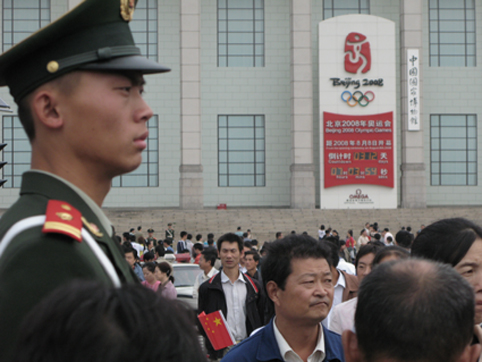
The Last Dictator
In his rollicking novel The Last Window-Giraffe, the Hungarian author Peter Zilahy has revisited one of the prouder recent chapters in the history of the Balkans: the three-month anti-Milosevic protests which shook Belgrade in the winter of 1996-7. Blending history and reportage, linguistics and politics, family memoir and Balkan myth, Zilahy delivers a generational confession which suggest the fragmented destiny of a post-Soviet Europe.
Mysterious Manchuria is Worth Trip Off Beaten Path
The guidebook refers to it as Dongbei, but I prefer to call the region by its more mysterious and, to my ear, more menacing-sounding name. Its syllables evoke images of isolation, freezing temperatures and war, a place few would recommend you visit, and most simply shake their heads as if to say it’s off limits. Or at best disagreeable. But it was a warm early October, I had 10 days left on my Chinese visa, and I was determined to prove the voices wrong. Places, after all, need rediscovering. So I looked down one last time at the map, at those three jagged-shaped, oddly named provinces way up there in the north, and bought my ticket to—Manchuria.
Tours follow Sephardic Routes
For Aida Oceransky, life as a Jew in Spain today isn’t the silent burden it used to be. When she emigrated to Asturias from her native Mexico in 1968, Oceransky didn’t dare talk about her family’s Ukrainian Jewish past. All the Jews she knew in the 1970s and ’80s went to Mass. Even a decade ago, “you couldn’t find anything on Judaism in Spain—a magazine, a book, nothing,” she said.
Not Enough
The news reached me while I was still in South America: Nick Finden had jumped from the Golden Gate Bridge. I remember the moment clearly because when the phone rang I was sitting on the balcony of my apartment in Sopocachi, a middle class neighborhood built on a steep dry slope overlooking the glow of downtown La Paz. S.’s words filtered through the thin Andean air and left me with an intoxicated feeling. I barely knew Nick. He was a quiet, sad-faced kid. He had sad hang-dog eyes and thin pouting lips always with a bit of white, a crust of some kind, encircling them. That was the image I had and, strangely, my first thought when S. broke the news was whether Nick had fallen facing Alcatraz with a view onto all those little white sailboats dotting the blue enclosure of San Francisco Bay. Or, more likely, had leapt off into the steel-colored horizon of the Pacific.
